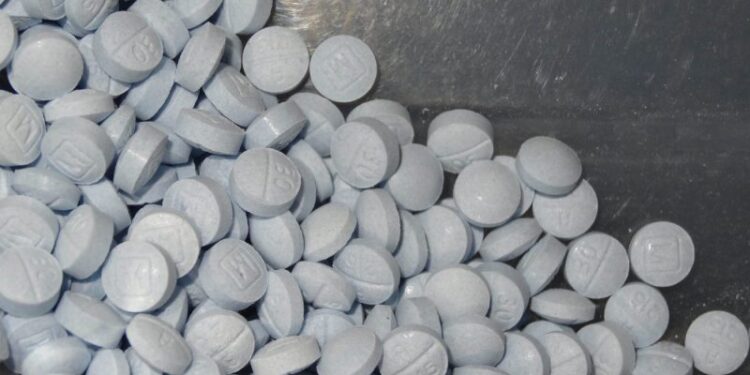
MARYLAND (DC News Now) –Last year, Maryland saw a sharp decrease In the number of overdose deaths, according to preliminary data from the state’s Overdose Data Dashboard.
Following the COVID-19 pandemic, deadly overdoses in the state reached historic highs. In 2021, 2,800 overdose-related deaths were reported in Maryland, the most in the state’s history, according to the Office of the Governor.
However, In 2024, 1,553 deadly overdoses were recorded, a 38% decrease from 2023, which saw 2,511 deaths.
On Tuesday, Gov. Moore called the decrease in deaths “historic,” as Maryland has not seen below 2,000 deaths since 2015. Moore also said the reduction is a testament to the administration’s investments in behavioral health and substance use care and the “incredible efforts of people” around the state.
In March 2024, the governor announced over $13 million in grants to establish behavioral health crisis stabilization centers, which provide 24/7 care for those needing mental health care or substance use treatment, in Maryland for the first time.
Despite the progress, Moore emphasized that further progress is crucial.
“We are still losing far too many of our loved ones and neighbors to preventable overdoses, and we will not let up in our efforts to meet people where they are and make connections to care,” Moore said, in part.
Data does indicate that overdose deaths decreased broadly across demographics and age groups, but minority communities and older age groups are still seeing disparities in overdose rates.
According to the governor’s office, despite making up about 30% of the state’s population, non-Hispanic Black people accounted for 44% of all overdose deaths since 2022, with Black men 55 and older seeing the highest increase.
In addition, since 2023, overdose deaths among Hispanics under the age of 25 have been higher than both non-Hispanic white people and non-Hispanic Black people in the same age group, according to the dashboard.
“Substance use affects every community, and those struggling with addiction deserve quality care, no matter their background,” said Lieutenant Governor Aruna Miller. “The progress we’ve made in reducing overdoses is encouraging, but the data is clear—our work must continue to ensure that all communities have equitable access to care and the resources that they need to stay safe.”
Officials noted that the final overdose numbers are pending as authorities conduct a “small number” of death investigations. In 2024, most overdose deaths were opioid-related, followed closely by fentanyl.
Marylanders who are experiencing a behavioral health crisis or are struggling with substance use can call or text the Suicide and Crisis Lifeline at 988 to speak to someone who can help. Residents can also visit the 988 webpage to find treatment providers nearby.






